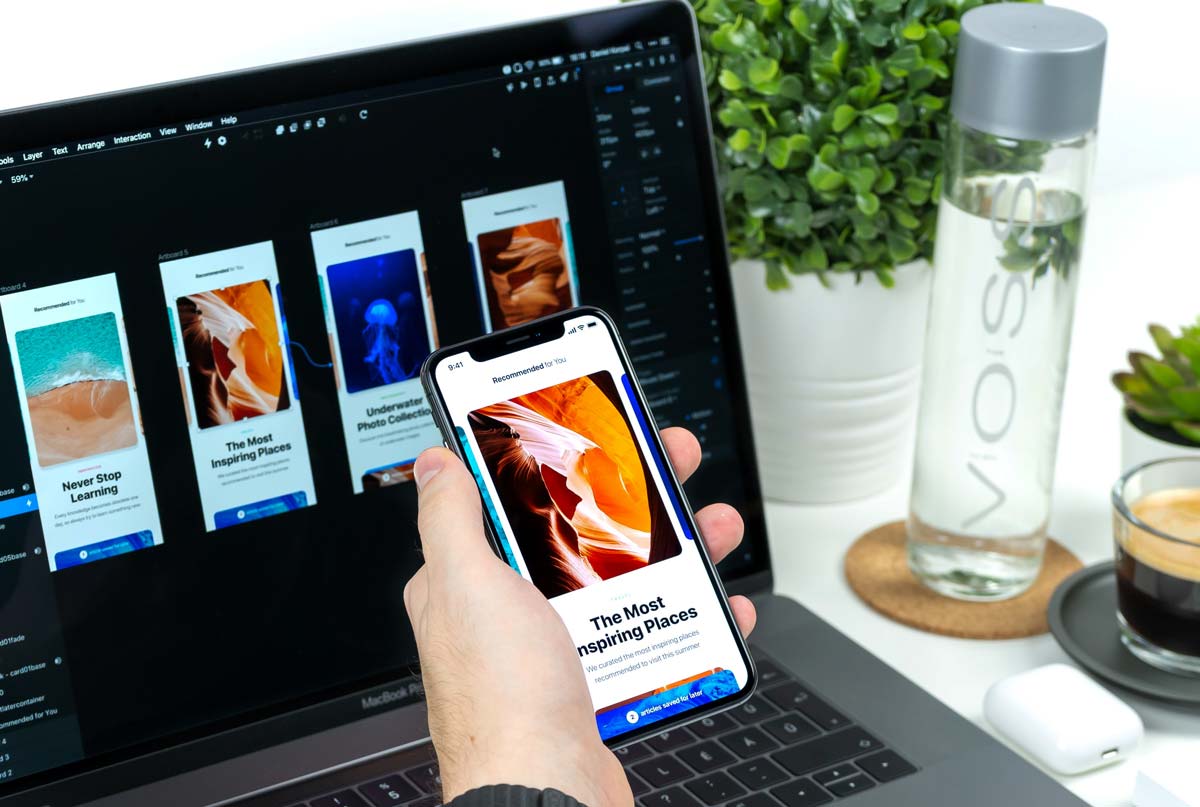Imagine there’s an online store called Eli’s Electronics Emporium. Eli has put a lot of effort into making her website easy to use. However, she hasn’t given much thought to her mobile store, thinking her website alone covers the online market. But is this true?
Why Is UX Important for Your Mobile Store?
Today, 60% of online purchases happen on mobile devices (2024) . By neglecting her mobile store, Eli could be giving a large portion of HER customers a poor shopping experience, leading to fewer sales.
What Is UX and Why Does It Matter?
User Experience (UX) is all about how easy and pleasant it is for customers to use your site or app. If your mobile store is hard to navigate, slow, or confusing, customers may leave without buying anything.
The Importance of Speed
The first step to good mobile UX is ensuring your site or app loads quickly. Customers are impatient; if they have to wait too long, they might abandon their carts and never return. Use tools like Google’s PageSpeed Insights or GTmetrix to test your site’s speed.
Clear and Simple Navigation
Make sure the navigation is straightforward. Use clear, simple language and avoid jargon. For example, instead of saying, “You’re only 2 clicks away from a purchase,” just say, “Proceed to checkout.”
Detailed Product Information
Provide full product descriptions, including sizes, colors, and specifications. Use high-quality photos and videos that allow customers to zoom in and see products from different angles.
Highlight Discounts and Delivery Costs
If you’re having a sale, show the sale price alongside the original price so customers can see their savings. Display estimated delivery costs early in the shopping process to avoid surprises at checkout.
Simplify Checkout
A smooth checkout process is crucial. Offer third-party payment options like PayPal or Apple Pay. Allow guest checkout to avoid forcing first-time customers to create an account. After purchase, prompt them to open an account by highlighting benefits like special offers and saved payment information.
Post-Purchase Experience
Send order confirmations and receipts to customers’ emails to help them manage returns and resolve any issues.
Evaluating Your Mobile Store’s UX
Take a look at your mobile store (or a competitor’s) and ask the following:
- Does the app or mobile site load quickly?
- Are directions and language clear and straightforward?
- Are there full product descriptions with relevant features?
- Can you zoom in on product photos?
- Can you check out as a guest?
- Can you pay with third-party services like PayPal or Apple Pay?
- Is the number of password entries minimized?
New Approaches and Ideas
- Personalization: Use AI to recommend products based on browsing history.
- Voice Search: Implement voice search to make it easier for customers to find products.
- Augmented Reality (AR): Allow customers to see how products will look in their home.
- Chatbots: Use chatbots for instant customer support.
- Accessibility: Ensure your mobile store is accessible to people with disabilities by following WCAG guidelines.
By focusing on these areas, you can create a mobile shopping experience that delights your customers and boosts your sales.





